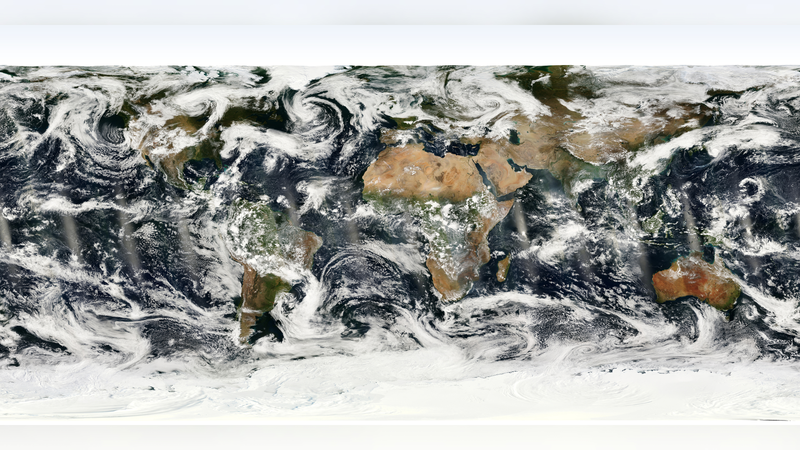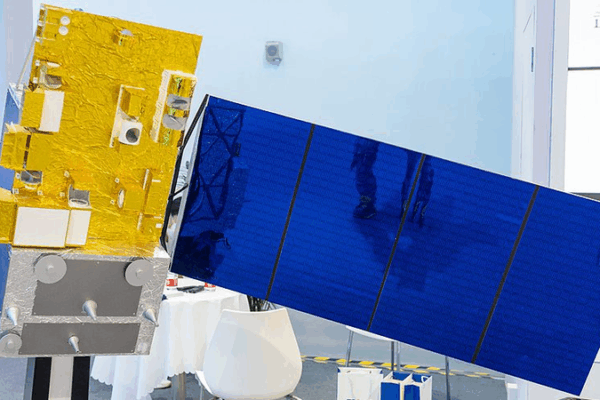
China Meteorological Administration Unveils “Fengyuan” AI Model for Extreme Weather Forecasts
The China Meteorological Administration today unveiled ‘Fengyuan’, an open-source AI model for extreme weather forecasting, and upgraded three systems to boost disaster warnings and climate services.








